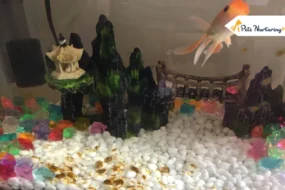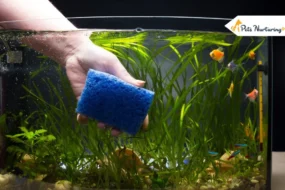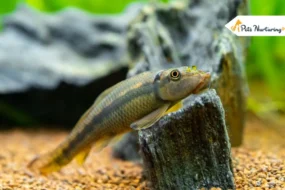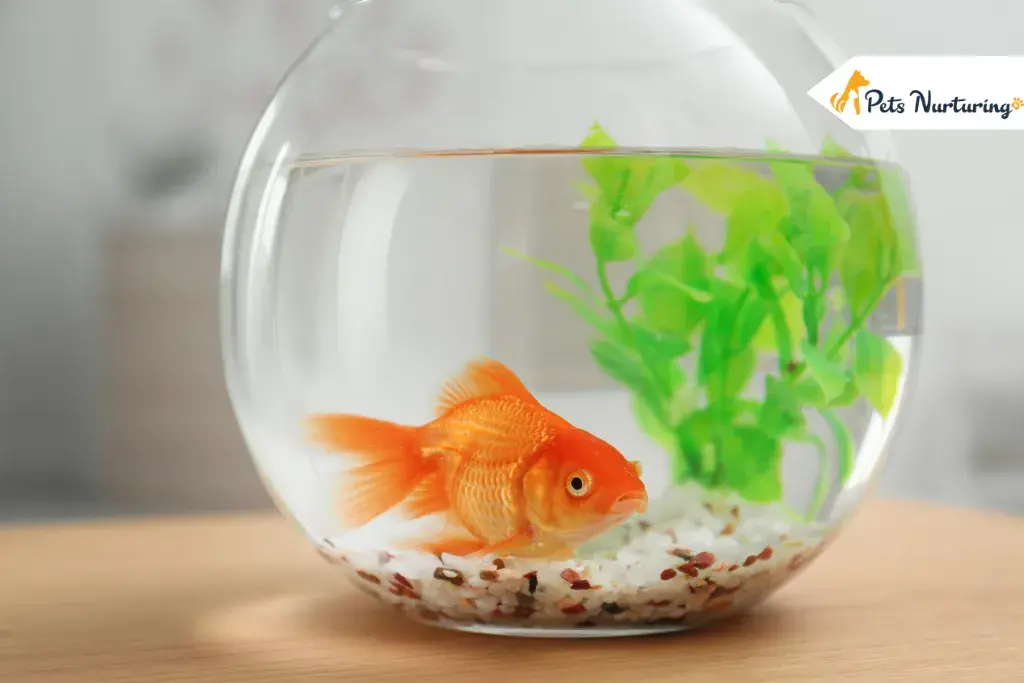
“I think my fish forgot how to swim. She is constantly floating.” “My fish is swimming with her tail upwards.” “Why my fish’s stomach seems swelled? Is she pregnant?” Ever heard these questions, experienced, or maybe right now, at this moment you are thinking about those right now? If yes, then let us get this straight to you. Your fish is floating because of swim bladder disorder, not because it forgot how to swim! Haha! How can you think of that? That’s how they survive. The above-mentioned situations are signs of a swim bladder disorder.
So, go and check if your fish is going through it? And even if it is, don’t panic, okay! We are here to rescue both of you. We mean to free you from the tension by giving you detailed and perfect information on what exactly this disorder is about, and how it can be treated. Once you are aware of it, you will be the savior of your fish. And we won’t let her know that! (*Wink*)
- What is a Swim Bladder Disorder?
- What are the Symptoms of it?
- Here are a Few Symptoms that are Seen in the Fish:
- What are the Causes of Swim Bladder Disease?
- Treatment
- Other Supportive Measures include:
- Measures to Prevent Swim Bladder Disorder
- There are a Few Preventive Measures that you can adopt, like:
- Keep Your Goldie Happy and Healthy:
What is a Swim Bladder Disorder?
To know about the disorder, you first need to know about the swim bladder, what it is, and what it does. Obviously, it is an organ of the fish body. It helps them to maintain their depth without floating upward or sinking. It is located in the body cavity and is derived from the digestive tube.
Now let’s talk about the swim bladder disorder; it is a condition when the swim bladder is disturbed due to certain diseases, environmental factors, physical deformities, or anything that can’t be diagnosed.
As it affects the swim bladder, it is natural that it will be seen in their swimming style, or you can say they won’t even swim.
You need to recognize on your own by keeping an eye on them regularly. Or you can try to prevent this from happening to your pet with gills. Take heed from the following sections on how you can recognize if your lovelies are going through such a situation or not? And if yes, how to treat them and if no, what to do to prevent it.
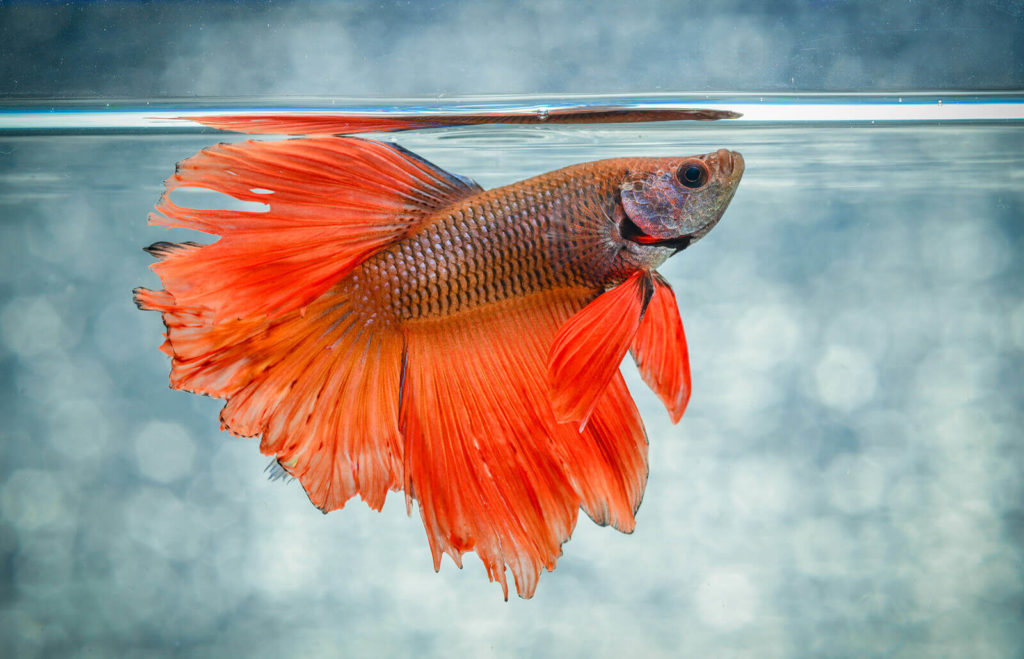
source: lovetoknow.com
What are the Symptoms of it?
The issue is most commonly found in betta fish or goldfish. But it can affect any aquarium fish.
To recognize whether fish is going through it or not, you need to know about the symptoms. As we said, it isn’t diagnosable. You need to have a sharp noticing power to identify the problem.
Here are a Few Symptoms that are Seen in the Fish:
From Their Movements:
It won’t be able to swim properly. It might feel light and sinks to the bottom or float on the top of the tank or floating upside down or with the tail high. You will see it struggling to maintain the perfect posture.
From Physical Appearance:
Your fish might have a distended stomach or curved back. It might eat normally or won’t eat at all. If the problem is severe, it won’t be able to feed normally and will also reach the surface of the water.
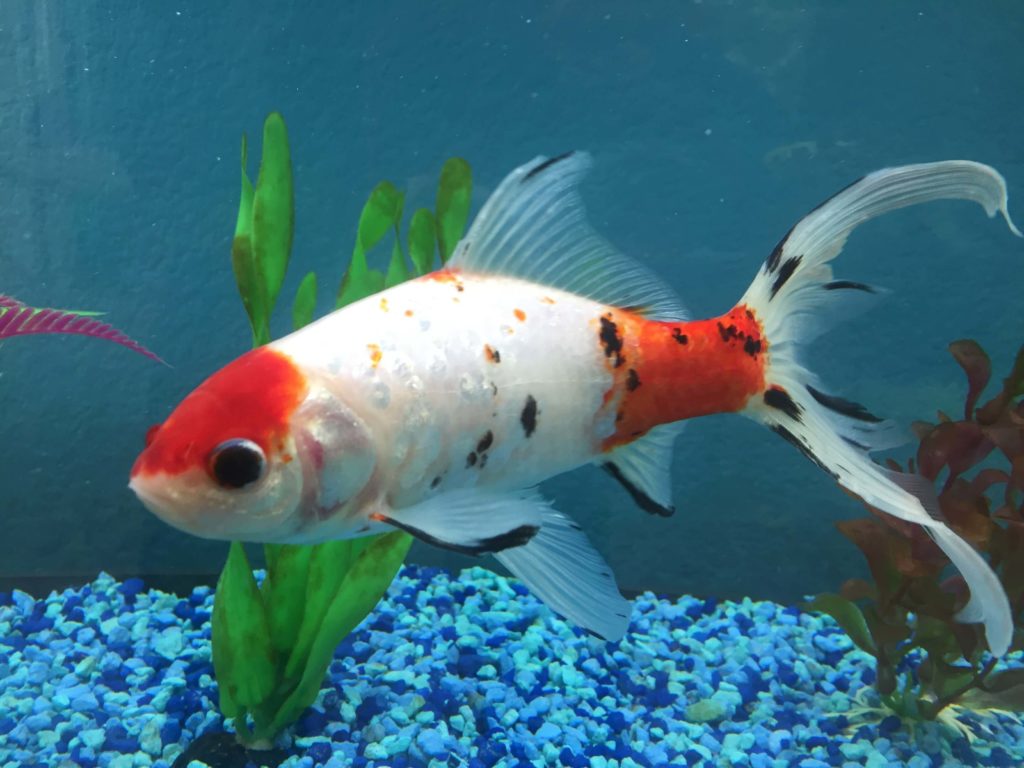
What are the Causes of Swim Bladder Disease?
We all know nothing happens without any cause. There is something that is leading the problem in the fish? What can it be? It can be a fish tank, water, fish food, or anything.
Basically, the problem arises when the swim bladder is compressed. And it can be because of rapidly eating, overeating, constipation, or gulping down air (which is inhaled with the food floating on the water).
If the fish is overfed, there are chances of constipation and because which the swim bladder will swell and will lead to the disease.
If the temperature of the water is cooler, then also there are chances of the disease to show up. Why? Because it will lower down the metabolism rate, and food won’t be able to pass through it. So water can also be the problem.
If there is an enlargement of other organs, it can result in the compression of the swim bladder, so there are chances you will notice the swim bladder disorder in your fish.
Other things that can affect the bladder are parasites or bacterial infection. Even if it that fight with the other fish, or has fallen on to the object, it can also damage the bladder.
Treatment
As soon as you realize that your fish is going through the disorder, you will have to take steps to cure it. You may find it tough and harsh, but that is the way! Don’t worry. You won’t have to do surgery.
At first, don’t feed your fish for at least three to four days. “Man! That’s hard than doing surgery. How can I keep it hungry?” But that’s good for your fish only!
During this period, whatever may have stuck in the stomach will pass through its system. At the same time, increase the temperature of the tank to 80 Fahrenheit.
After that, on the next day, feed the fish cooked and skinned peas. Boil the peas and remove the shell of the peas (it shouldn’t be too soft or too firm). At the start, feed one pea a day so that it can recover.
And then when you see the change in the condition go for the appropriate species food, till then don’t feed anything else except peas. And even after that for some time, don’t feed anything that floats on the water.
Even after that, if still fish is suffering from the disease, a better option is to take it to the veterinarian. The cause can be an infection, and the vet will carry out the treatment with a broad-spectrum antibiotic. It will help the fish to cure better.
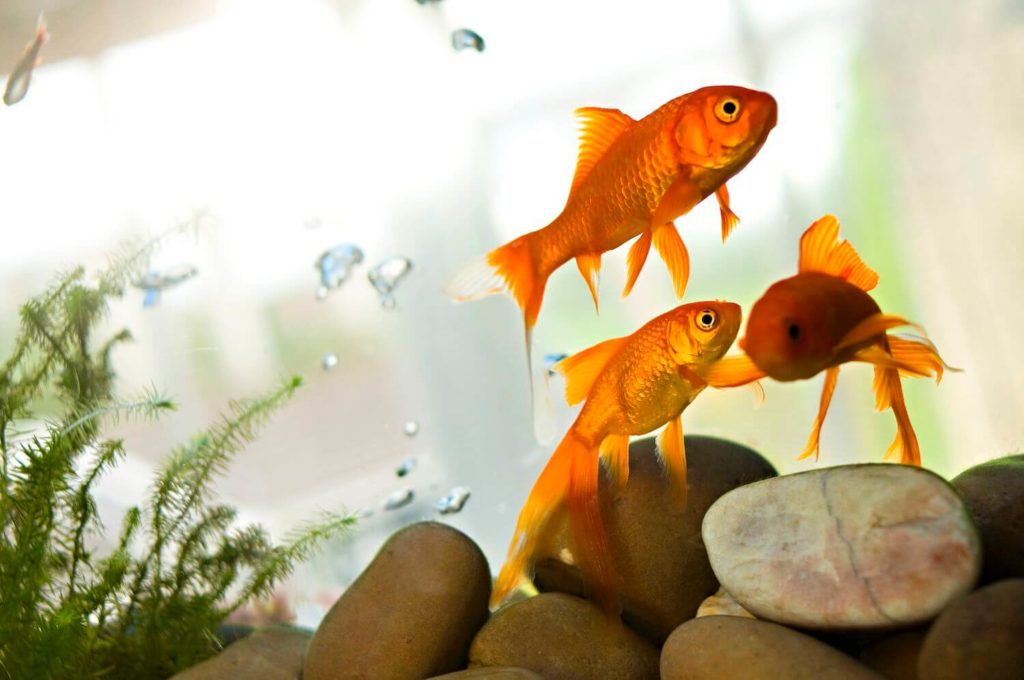
Other Supportive Measures include:
– Keep the water clean and temperature between 70 to 80 Fahrenheit.
– Add aquarium salt to the fish tank.
– Reduce the water level so that your fish can move around.
Measures to Prevent Swim Bladder Disorder
Now you know the causes and treatment of the fish suffering from swim bladder disease. If your fish isn’t the one of them or you have it recovered from the situation. This is the time you should start precautious measures in order to save it from enduring such a harsh situation.
There are a Few Preventive Measures that you can adopt, like:
– Clean tank and water in it on a regular basis.
– Avoid over-feeding at any cost.
– Get high-quality food for Fish.
– Try to avoid food that floats and get sinking food.
– when feeding dried food, boil them or soak them so that it softens.
– Keep the temperature high, it will allow digestion and will reduce constipation problems.
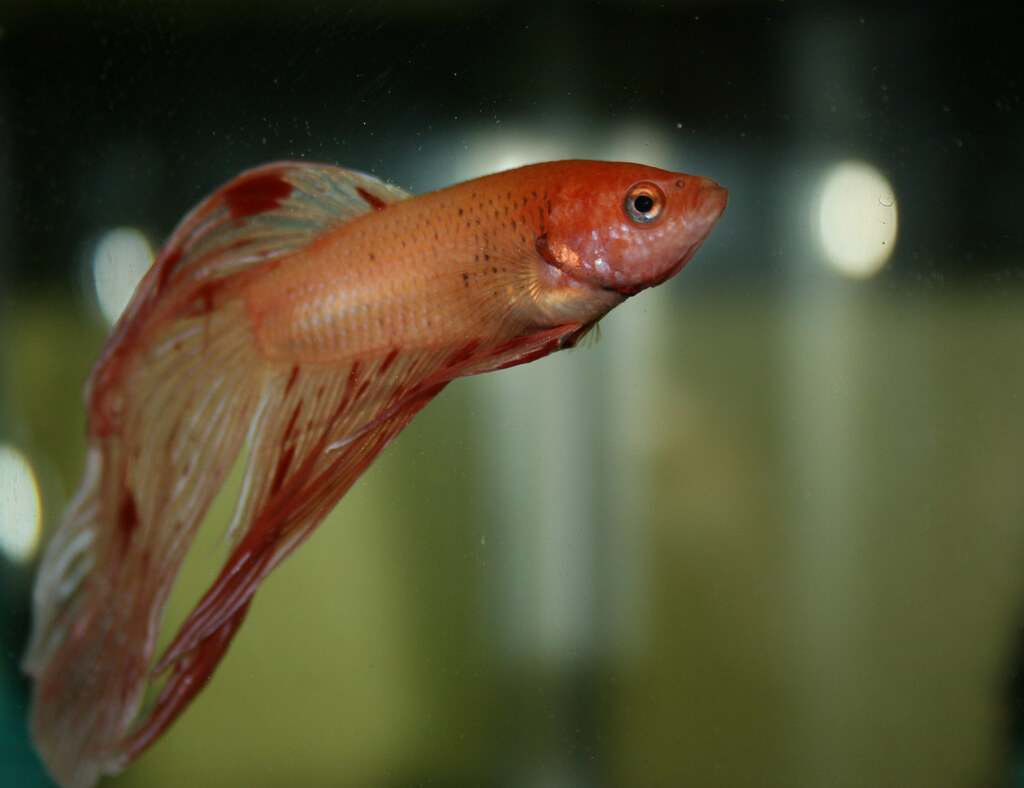
Keep Your Goldie Happy and Healthy:
This was all that you need to know about the swim bladder disease. This disease can be temporary or permanent. The temporary one will pass after taking care properly and a visit to the vet (if needed!). Even if your fish has this as a permanent problem, it can still live life happily with few modifications. Don’t panic and take steps.
Explore More








